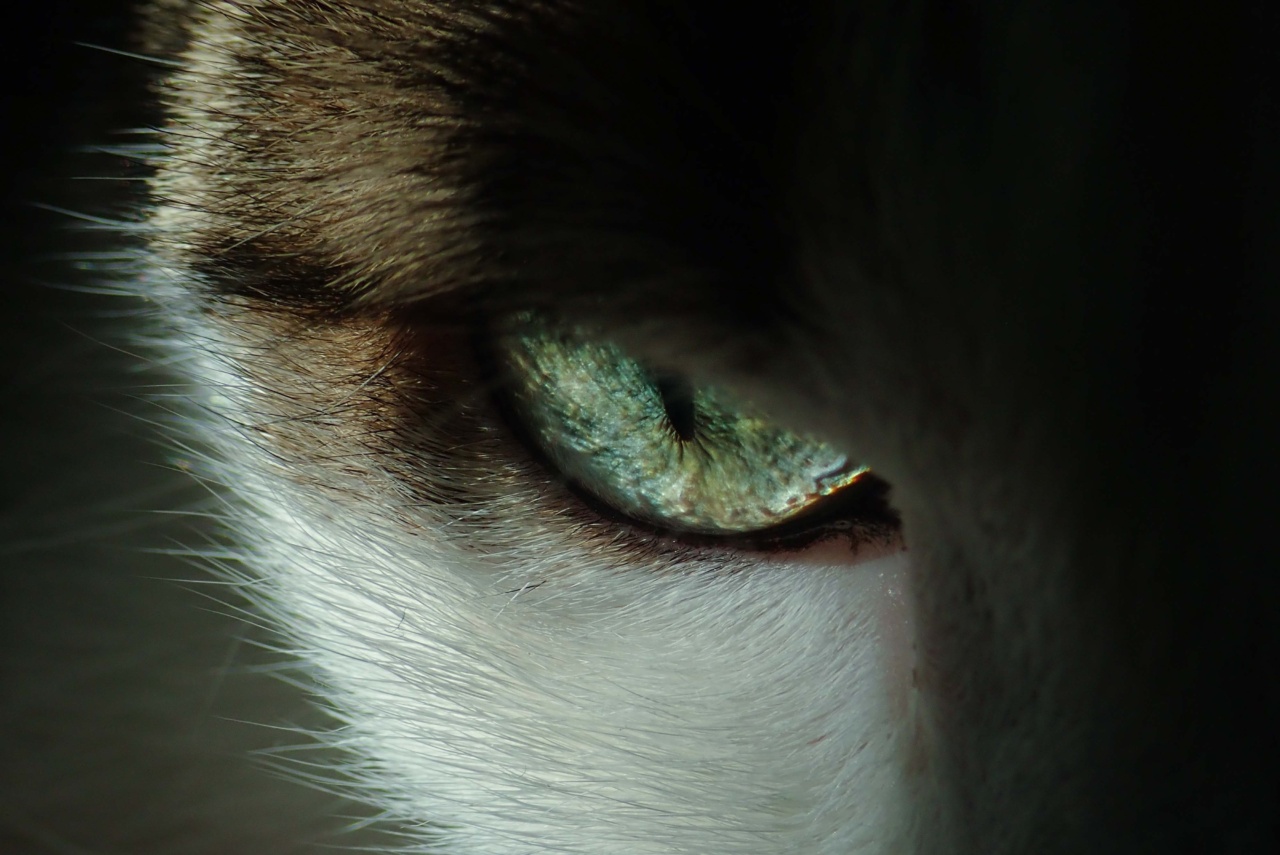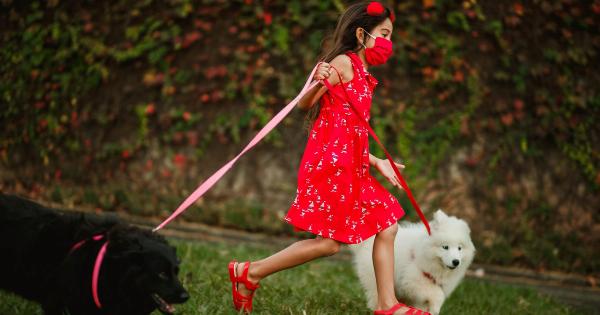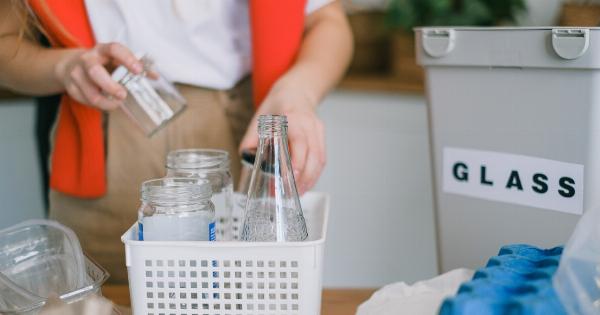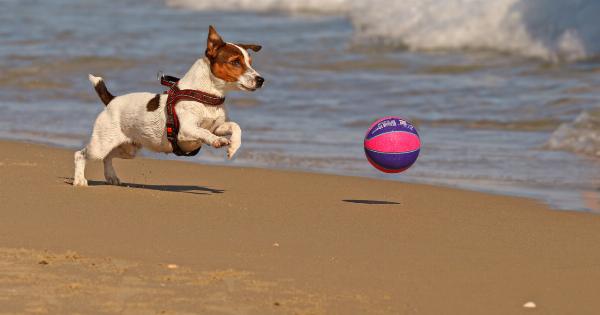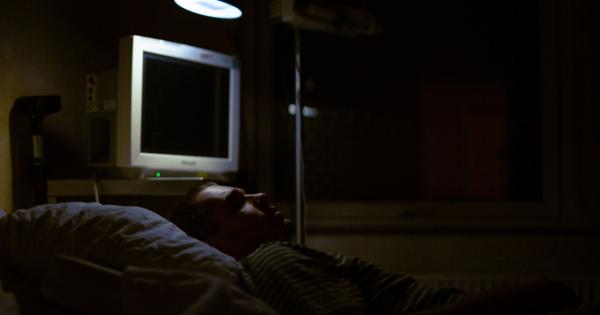Being bitten by a dog or a cat can be a distressing experience, but it’s crucial to know how to handle and treat the wounds properly.
Animal bites, especially from domestic pets, are relatively common, and knowing the right steps to take can help prevent infections and complications. This article will provide you with a comprehensive guide on how to handle dog and cat bite wounds effectively.
1. Assess the Severity of the Bite
The first step in handling a dog or cat bite wound is to assess its severity. Minor bite wounds may require simple at-home care, while more severe wounds may necessitate professional medical attention.
Consider the depth of the wound, the bleeding, and any signs of infection or complications.
2. Cleanse the Wound
Before treating the wound, it’s crucial to cleanse it thoroughly. Start by washing your hands with soap and water to prevent the risk of infection. Then, gently rinse the wound with mild soap and warm water for around five minutes.
Pat the area dry with a clean towel or gauze.
3. Apply Direct Pressure to Control Bleeding
If the bite wound is bleeding, apply direct pressure to control it. Use a clean cloth or sterile gauze and apply firm pressure directly on the wound. Maintain the pressure for several minutes until the bleeding subsides.
If the bleeding persists or is profuse, seek immediate medical attention.
4. Use an Antibacterial Solution or Ointment
After cleansing and stopping any bleeding, apply an antibacterial solution or ointment to the wound to prevent infection. There are various over-the-counter options available, such as hydrogen peroxide or povidone-iodine solution.
Apply a small amount directly to the wound and gently spread it over the entire affected area.
5. Cover the Wound with a Clean Dressing
Once the wound is treated with an antibacterial solution or ointment, cover it with a clean dressing. Use a sterile bandage or a non-stick pad to cover the wound. Secure it in place with medical tape or a wrap.
This dressing will protect the wound from further contamination and aid in healing.
6. Monitor for Signs of Infection
It’s essential to monitor the bite wound for any signs of infection. Keep a close eye on the wound and look for redness, increasing pain, swelling, pus, or fever. If any signs of infection appear, seek medical attention promptly.
Infections from animal bites can escalate quickly and may require antibiotics.
7. Watch for Tetanus Risk
Tetanus, a bacterial infection, can develop from deep or puncture wounds. Dogs and cats have bacteria in their mouths that can make this infection more likely. Check your vaccination records to ensure that your tetanus shot is up to date.
If not, consult a healthcare professional to evaluate the need for a tetanus booster.
8. Consult a Healthcare Professional for Serious Wounds
If the bite wound is severe, such as a deep puncture or laceration, or if it shows signs of infection or complications, it’s important to seek professional medical help.
A healthcare professional can evaluate the wound, provide appropriate treatment, and administer any necessary vaccinations or antibiotics.
9. Inform the Animal’s Owner
If you have been bitten by someone else’s dog or cat, make sure to inform the owner about the incident. They may need to provide proof of their pet’s vaccination status, which can be crucial for your own medical care.
It’s also important for the owner to be aware of their pet’s behavior and potential risks.
10. Prevention: Understanding Animal Behavior
Prevention is always better than cure. To avoid dog and cat bites, it’s important to understand animal behavior and follow appropriate safety precautions.
Avoid contact with unfamiliar animals, respect their personal space, and never provoke or antagonize them. Additionally, teach children how to interact safely with pets to reduce the risk of bites.
Handling dog and cat bite wounds properly is essential for the well-being of both humans and animals involved. By following the steps above, you can ensure that the wound is treated effectively, reducing the risk of infection and complications.
If in doubt, always seek professional medical advice to ensure proper care and healing.
